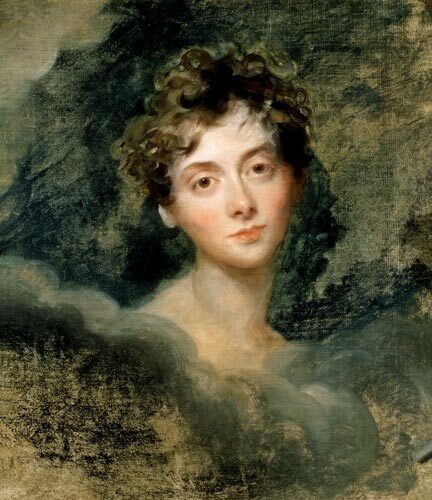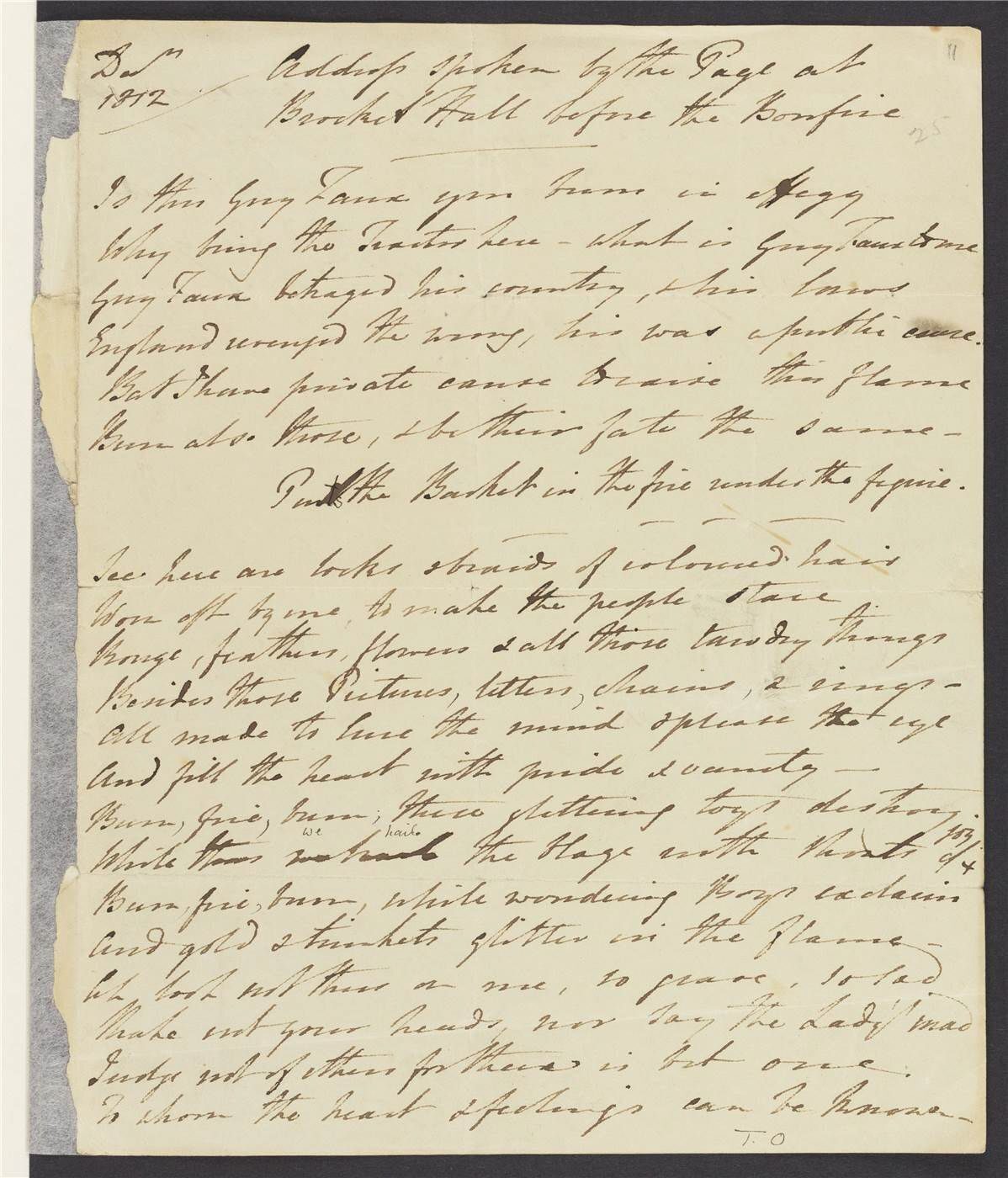Shake not your heads, nor say the Lady's mad: A very Byronic bonfire
A perennial favourite of the autumn calendar, Bonfire Night – or Guy Fawkes’ – passed quietly in lockdown yesterday with nary a whiff of gunpowder nor plotting on the cold November air.
It is not to the attempted parliamentary fireworks of 1605 that I turn today, however, but another bonfire, both literal and literary.
Released this spring, Nineteenth Century Literary Society draws together over 200,000 images from the archives of the famed John Murray publishing house which worked with luminaries including Sir Walter Scott, Jane Austen and – most notably – Lord Byron, the bad boy or bad bard of nineteenth-century verse.
The collected works and letters of the Romantic poet offer an unparalleled insight into his life, his works and the glittering social circle that surrounded him. The more I read, the more my fascination grew. Not with the badly behaved lord, no, but with his much-maligned mistress – Lady Caroline Lamb.

Portrait of Lady Caroline Lamb, c.1805, by Sir Thomas Lawrence. Public domain. Accessed via Wikimedia Commons.
Caroline Lamb (née Ponsonby) was born into the wealthy elite of the Anglo-Irish establishment in 1785. A niece of the famed socialite Georgiana Cavendish, young Caroline spent much of her childhood at Devonshire House and received a thorough education, yet her adolescent behaviour was of great concern to the family who supposedly attempted to control her emotional outbursts with laudanum.
At nineteen, she married William Lamb, then an up-and-coming politician who later became Lord Melbourne, a two-time Prime Minister and favourite of Queen Victoria. Though kin to several enduringly well-known historical figures, a keenly committed Whig and a talented author in her own right, it is for her disastrous affair with Lord Byron that Caroline is remembered today.
After a brief dalliance in 1812, a series of public scandals unravelled Caroline’s reputation and she has since been roundly characterised as unstable and obsessive – the archetypical crazy ex of the Regency set. Correspondence and commonplace books preserved in the John Murray Archive allow researchers to uncover the aftermath of the relationship in various letters from Lamb, Byron, his publisher and his friends.
The intricate and incestuous interconnectedness of high society in this period is easily apparent; one of Byron’s closest confidants, after all, was Viscountess Melbourne – poor Caroline’s mother-in-law! (In further proof that the world is truly too small, Byron would eventually marry Anne Milbanke, who was Caroline’s cousin by marriage.)
Victimised by the gossip, both publicly and privately, Caroline vowed revenge. On the night of 23rd December 1812, she thrust up two fingers to her former beau in an episode of perfectly orchestrated pageantry, constructing a raging bonfire on the lawns of her husband’s country estate and throwing into the flames the “glittering toys” and “trinkets” of romance, along with reproductions of Byron’s letters.
Local village children were invited to dress in white and dance around the fire as the festivities unfurled. Oh, what glorious and utterly cinematic drama! Picture, if you will, a nineteenth-century break-up directed by Baz Luhrmann.
There are hundreds of gems hidden in Nineteenth Century Literary Society and amongst them, researchers will find the address spoken by the page at Brocket Hall before the Bonfire - penned by our heroine, Caroline.
Is this Guy Faux you burn in effigy?

Address spoke by the page at Brocket Hall before the Bonfire, c.1812 © The National Library of Scotland. Further reproduction is prohibited without permission.
Why bring the Traitor here? What is Guy Faux to me?
Guy Faux betrayed his country, and his laws.
England revenged the wrong; his was a public cause.
But I have private cause to raise this flame.
Burn also those, and be their fate the same.
[…]
Burn, fire, burn; these glittering toys destroy.
While thus we hail the blaze with throats of joy.
Burn, fire, burn, while wondering Boys exclaim,
And gold and trinkets glitter in the flame.
Ah! look not thus on me, so grave, so sad;
Shake not your heads, nor say the Lady's mad.
Judge not of others, for there is but one
To whom the heart and feelings can be known.
About the collection
Nineteenth Century Literary Society: The John Murray Publishing Archive is out now.
Recent posts

The blog highlights American Committee on Africa, module II's rich documentation of anti-apartheid activism, focusing on the National Peace Accord, global solidarity, and student-led divestment campaigns. It explores the pivotal role of universities, protests, and public education in pressuring institutions to divest from apartheid, shaping global attitudes toward social justice and reform.

This blog examines how primary sources can be used to trace the impact of young voices on society, particularly during pivotal voting reforms in the UK and the US. Explore materials that reveal insights into youth activism, intergenerational gaps, and societal perceptions, highlighting their interdisciplinary value for studying youth culture, activism, and girlhood across history.
